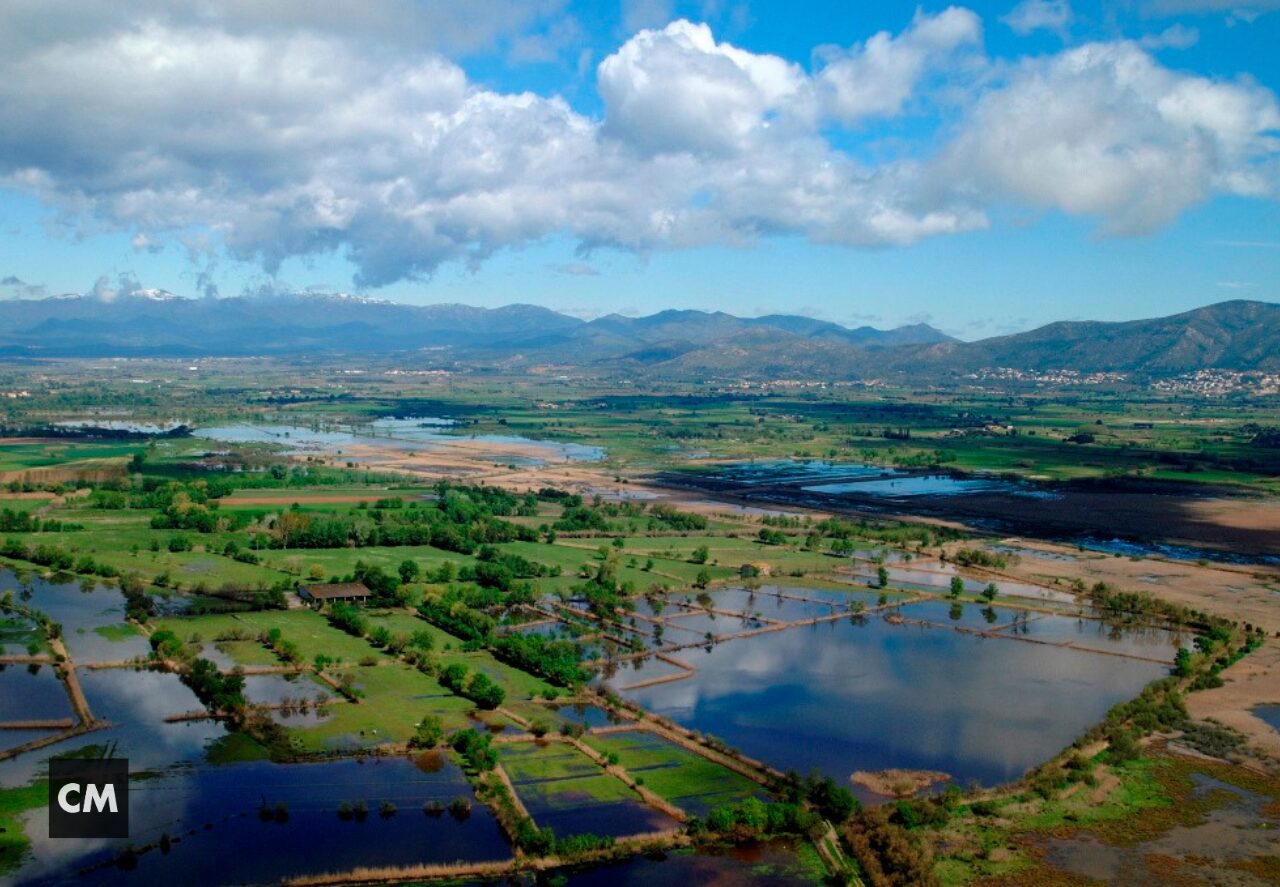The Costa Brava is not only famous for its beaches and coves, but also for its incredible natural wealth. Its natural parks offer a perfect environment to enjoy biodiversity, take hiking trails and explore unique landscapes full of fauna and flora. In this post, we explain which natural parks on the Costa Brava you can’t miss and which activities you can do there.
1. Cap de Creus Natural Park
The Cap de Creus Natural Park is one of the most unique landscapes on the Costa Brava. Located at the easternmost tip of the Iberian Peninsula, this park is known for its impressive cliffs, rock formations shaped by wind and sea, and crystal clear waters. This environment has inspired artists such as Salvador Dalí and offers a magical experience to those who visit.
Activities:
Hiking trails, snorkeling, kayaking, bird watching.
Points of interest:
Cap de Creus Lighthouse, Cala Culip, the ruins of the Sant Pere de Rodes Monastery.
2. Aiguamolls de l’Empordà Natural Park
The Aiguamolls de l’Empordà are one of the most important wetlands in Catalonia. This natural park stretches between the municipalities of Castelló d´Empúries and Sant Pere Pescador and is a paradise for ornithology lovers. The wetlands are home to hundreds of bird species, especially during migrations. The landscape is made up of lagoons, dunes and wetlands, making it a perfect place for leisurely walks and wildlife spotting.
Activities:
Bird watching, walking or cycling routes, observation of native flora.
Points of interest:
The bird observatories, the mouth of the river Fluvià, the Cortalet lagoon itinerary.
3. Montgrí Natural Park, the Medes Islands and Baix Ter
This natural park offers a perfect combination of mountain, sea and wetland landscapes. The Medes Islands, located off the Estartit coast, are a protected enclave of great importance for diving due to their underwater wealth. The Montgrí massif, with the castle at the top, dominates the horizon, offering spectacular views of the coast and the Empordà.
Activities:
Diving and snorkeling in the Medes Islands, hiking in the Montgrí massif, boat trips.
Points of interest:
Montgrí Castle, the Medes Islands, the dunes of Gola del Ter beach.
4. Garrotxa Volcanic Zone Natural Park
Although it is inland, a few kilometers from the Costa Brava, the Garrotxa Volcanic Zone Natural Park is a unique place worth visiting. With more than 40 volcanic cones and several lava flows, this park offers spectacular landscapes and hiking trails through beech forests, such as the famous Fageda de Jordà. In addition, you can visit charming medieval towns such as Besalú or Santa Pau.
Activities:
Hiking, bicycle routes, visits to medieval towns.
Points of interest:
La Fageda de Jordà, the Croscat volcano, the Santa Margarida volcano.
5. Albera natural site of national interest
The Albera Natural Park is a mountainous area that acts as a natural border between Spain and France. This protected area stands out for its biodiversity and for being the habitat of the last Mediterranean turtle populations in Catalonia. In addition to its trails and landscapes, the area has interesting historical remains, such as dolmens and medieval castles.
Activities:
Hiking, cultural visits to dolmens and castles, observation of native fauna.
Points of interest:
Castle of Requesens, Dolmen de la Creu d’en Cobertella, sanctuary of Our Lady of the Field.
Tips for Enjoying the Natural Parks of the Costa Brava
Wear comfortable shoes:
Many of the parks offer hiking trails of varying levels, so good footwear is essential.
Camera or binoculars:
If you like nature and wildlife, we recommend bringing a camera or binoculars, especially in parks such as Aiguamolls de l’Empordà.
Respect the environment:
It is important to follow the rules of each park to protect the natural environment. Remember to pick up your trash and respect the local flora and fauna.
The natural parks of the Costa Brava are a natural treasure that offers a wide variety of landscapes and activities for all tastes. From the wild cliffs of Cap de Creus to the wetlands of the Aiguamolls de l’Empordà and the underwater wealth of the Medes Islands, the Costa Brava is an ideal destination for nature lovers.
Do not hesitate to explore these wonderful corners and enjoy the biodiversity offered by this unique region of Catalonia!






